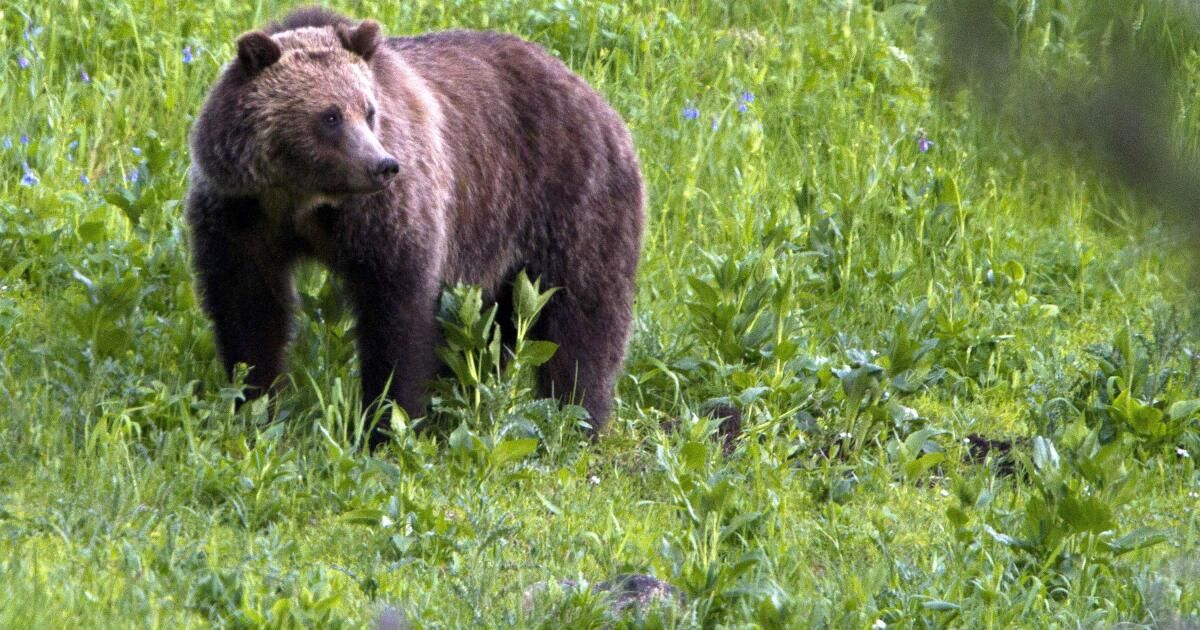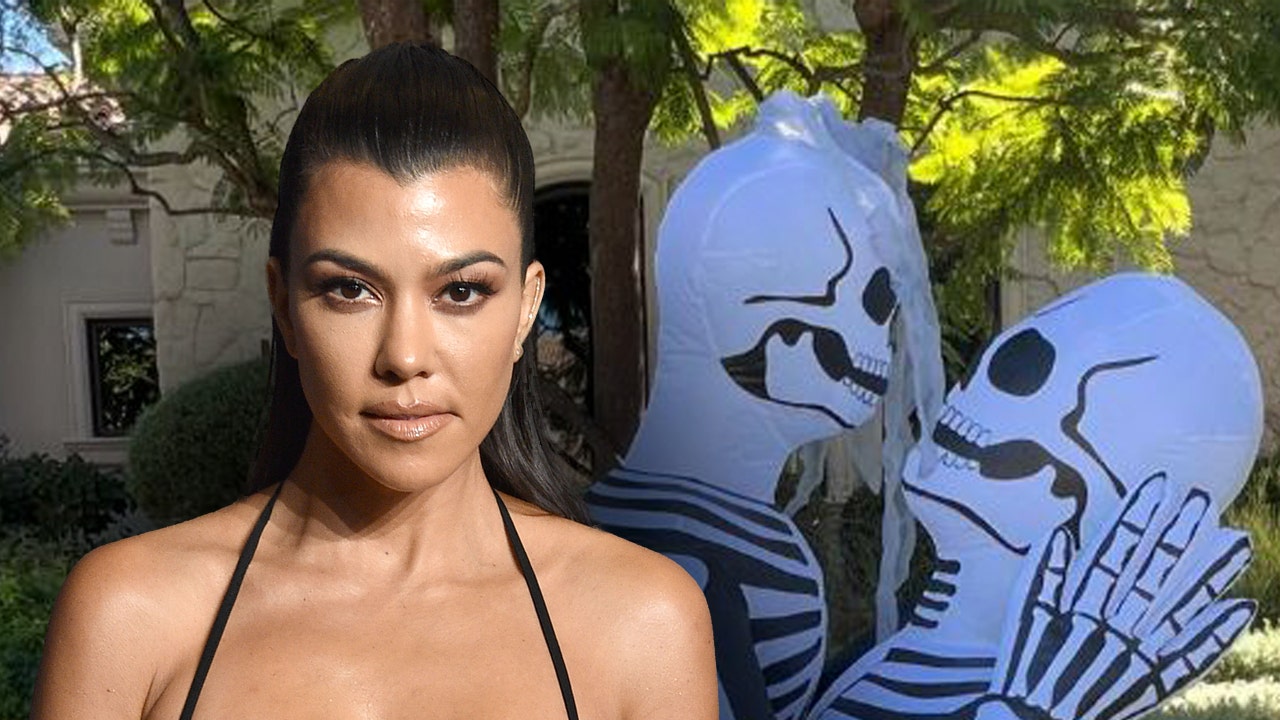Forget what you were taught in grade school about the supposedly carnivorous and voracious grizzly bear: new research has found that the extinct California bear was actually more of a vegetarian.
“The California historical record misrepresented” the animal and humans are largely to blame, researchers say.
The grizzly bear was previously portrayed as a massive hypercarnivore, an animal whose diet is made up of more than 70% meat, and a danger to public safety, according to research recently published in The Royal Society.
California was home to up to 10,000 bears before the gold rush of 1848, so numerous that a grizzly bear appears emblazoned on the California flag. But the grizzly bear was last seen in California in 1924 and became extinct so quickly that very few natural history notes are available and fewer than 100 historic pelts and skeletons exist, according to the Los Angeles County Museum of Natural History.
But there is a wealth of written historical records about the grizzly bear, said Peter Alagona, co-author of the report. As a historian and environmentalist, he said reading and trying to interpret these archives raised many questions.
In historical accounts, including available newspaper reports, researchers found that grizzly bears were “accused of attacking people and preying on livestock that proliferated in the open range during the California Spanish Mission and Mexican Ranchos eras.” “says the report. These stories played an important role in shaping the public's perception of the bear from a largely negative perspective.
“It's surprising in the context of historical sources that actually portrayed a completely different animal, an animal that was very much a product of people's minds. [contrary] to what the creature was actually doing in the wild,” Alagona said.
Alagona, a historian and ecologist at UC Santa Barbara, said the research has a mix of paleontology, history, geography and biology and that the information “holds up a mirror to us and tells us about our own perceptions about the way we look.” “In other animals, we often see reflections of ourselves.”
The recent study did not focus on the bear's alleged predatory behaviors against people, but did find that when ranchers and farmers raised livestock in the wild, grizzly bears remained largely herbivorous.
Alagona argued that the Spanish caused bears to become more carnivorous by bringing their livestock to California.
The report states that colonial land uses that began in 1769 led grizzly bears to moderately increase their consumption of animal protein. Still, grizzly bears continue to consume far less livestock than reported, according to the report.
After studying the skulls and teeth of grizzly bears, the region's food resources, and human activity, the researchers found that the bears obtained less than 10% of their nutrition from other mammals and were therefore largely herbivores during a period before the arrival of the first Europeans. 1542.
The study even compared the diet of brown bears to that of modern-day brown bears living in Mediterranean climates whose diet is dominated by plants. Brown bears are broad-range omnivores with diets that vary seasonally, interannually, and geographically.
In terms of his enormous stature, historians were also wrong.
According to the California Capitol Museum, adult grizzly bears are supposed to reach about 4.5 feet at the shoulder and 8 feet tall when standing. State records show females weigh about 400 pounds and males 1,000 pounds, but they could reach 2,000 pounds. Researchers say that, by their estimates, the species never reached the historically enormous proportions.
“Being able to work together with the paleontologists, the paleobiologists, allowed us to look at history in a completely new way and really, in some ways, rewrite the historical ecology of grizzly bears in California,” Alagona said.












